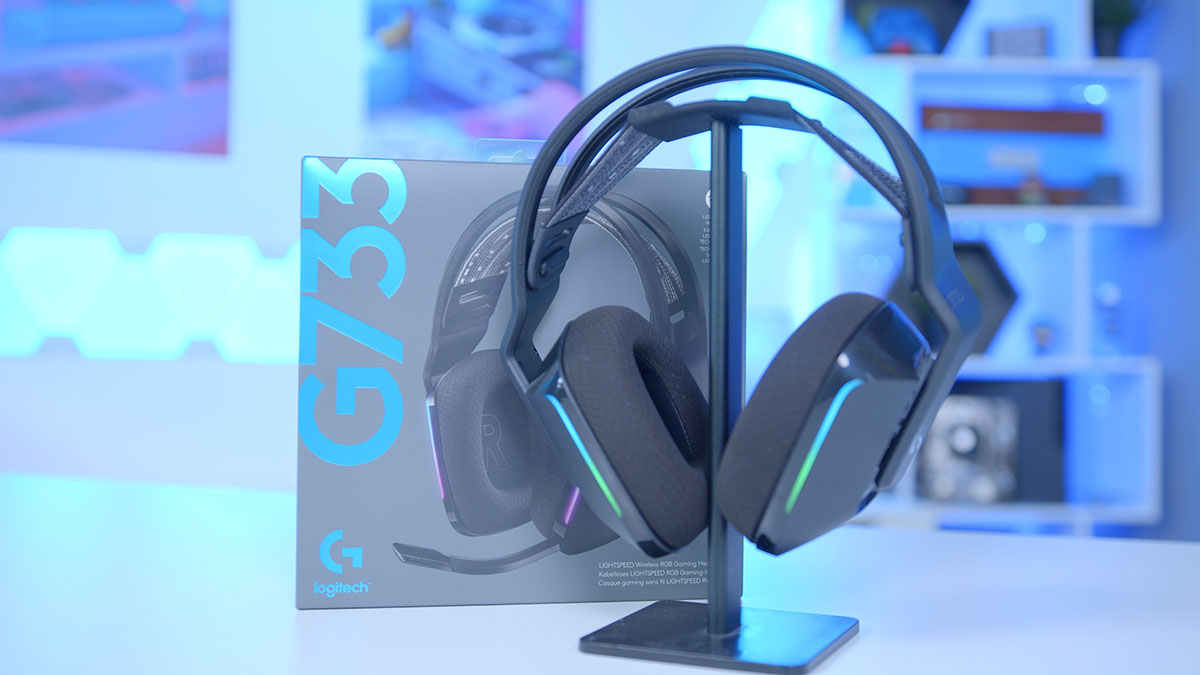Introduction
Are you ready to take your gaming experience to the next level? Setting up your gaming headset for OBS (Open Broadcaster Software) can significantly enhance the audio quality of your streams and recordings. Whether you're a seasoned streamer or just getting started, optimizing your gaming headset for OBS can make a world of difference in the overall production value of your content.
When it comes to creating engaging gaming content, audio quality is just as crucial as video quality. A high-quality gaming headset can capture the nuances of in-game sounds, voice chat, and ambient noise, providing your audience with an immersive experience. By integrating your gaming headset with OBS, you can ensure that your viewers hear every footstep, explosion, and whispered conversation with pristine clarity.
In this guide, we will walk you through the process of selecting the right gaming headset for your needs, connecting it to your computer, configuring audio settings in OBS, and testing your setup to ensure everything is working seamlessly. By the end of this tutorial, you'll be well-equipped to harness the full potential of your gaming headset for a more professional and captivating streaming experience. So, let's dive in and explore the essential steps to optimize your gaming headset for OBS.
Choosing the Right Gaming Headset
Before delving into the technical setup, it’s essential to choose a gaming headset that aligns with your specific needs and preferences. The market is flooded with a wide array of gaming headsets, each offering unique features and capabilities. Here are some key factors to consider when selecting the perfect gaming headset for your OBS setup:
- Audio Quality: Opt for a gaming headset with high-fidelity audio and immersive sound technology. Look for features such as surround sound, noise cancellation, and a wide frequency response range to ensure that every sound is captured with precision.
- Comfort and Durability: Since gaming sessions can stretch for hours, comfort is paramount. Choose a headset with plush ear cushions, an adjustable headband, and lightweight design. Additionally, consider the build quality to ensure longevity, especially if you’re a frequent gamer.
- Microphone Quality: For streamers and content creators, a high-quality microphone is crucial for clear voice capture. Look for a headset with a noise-canceling microphone, adjustable boom arm, and clear voice transmission to deliver professional-grade audio during streams and recordings.
- Compatibility: Ensure that the gaming headset is compatible with your computer and gaming console. Look for versatile connectivity options, including USB, 3.5mm audio jack, and wireless connectivity, to seamlessly integrate with your setup.
- Additional Features: Consider extra features such as customizable RGB lighting, on-headset controls, and software integration for personalized audio profiles. These features can enhance the overall gaming and streaming experience while adding a touch of flair to your setup.
By carefully assessing these factors, you can narrow down your options and select a gaming headset that not only meets your technical requirements but also aligns with your comfort preferences and aesthetic sensibilities. Once you’ve chosen the perfect gaming headset, you’re ready to move on to the next crucial step: connecting it to your computer.
Connecting Your Gaming Headset to Your Computer
Once you’ve selected the ideal gaming headset for your streaming and recording needs, the next step is to seamlessly integrate it with your computer. The method of connection may vary based on the type of gaming headset you’ve chosen. Here’s a step-by-step guide to connecting your gaming headset to your computer:
- Wired Headsets: If you’ve opted for a wired gaming headset, simply plug the headset’s audio jack into the corresponding audio ports on your computer. Most gaming headsets utilize a 3.5mm audio jack for audio output and microphone input. Ensure that you’ve connected the headset to the appropriate audio and microphone ports on your computer’s sound card or audio interface.
- USB Headsets: For USB gaming headsets, connect the USB cable to an available USB port on your computer. Once connected, your computer should automatically detect the headset and configure it as the default audio output and input device. Some USB headsets may require driver installation, so be sure to follow the manufacturer’s instructions for a seamless setup.
- Wireless Headsets: Wireless gaming headsets typically come with a USB wireless transmitter that plugs into your computer. This transmitter establishes a wireless connection between the headset and your computer, providing a hassle-free setup. Follow the manufacturer’s guidelines for pairing the headset with the wireless transmitter to ensure a stable and reliable connection.
After connecting your gaming headset to your computer, ensure that the audio output and microphone input levels are set correctly. You can access these settings through your computer’s sound preferences or audio control panel. Test the headset’s audio playback and microphone input to verify that the connection is successful and that both audio and voice are being transmitted effectively.
With your gaming headset successfully connected to your computer, you’re now ready to configure the audio settings in OBS to seamlessly integrate the headset’s audio into your streams and recordings. This brings us to the next crucial phase of the setup process.
Configuring Audio Settings in OBS
Once your gaming headset is connected to your computer, configuring the audio settings in OBS is essential to ensure that your streams and recordings capture the full audio spectrum with precision. OBS provides a range of options to optimize audio input and output, allowing you to fine-tune the audio for an immersive and professional-quality output. Here’s a comprehensive guide to configuring the audio settings in OBS for your gaming headset:
- Audio Sources: In OBS, navigate to the audio sources section and add your gaming headset as an audio input source. This allows OBS to capture the audio output from your headset, including in-game sounds, voice chat, and ambient effects.
- Microphone Input: If you’re using the headset’s microphone for voice capture, add the microphone as a separate audio input source in OBS. This enables you to control the microphone’s audio levels independently, ensuring clear and balanced voice transmission during streams and recordings.
- Audio Mixer: Utilize the audio mixer in OBS to adjust the audio levels of your gaming headset and microphone. This feature allows you to fine-tune the balance between in-game audio, voice chat, and ambient sound, creating a cohesive audio mix for your content.
- Audio Filters: OBS offers audio filter options to enhance the audio output from your gaming headset. You can apply filters such as noise suppression, noise gate, and equalization to refine the audio quality, reduce background noise, and ensure a polished audio experience for your audience.
- Monitoring: Enable audio monitoring in OBS to listen to the audio output from your gaming headset in real time. This feature allows you to monitor the audio levels and quality while streaming or recording, ensuring that everything sounds as intended before reaching your audience.
By leveraging these audio settings in OBS, you can harness the full potential of your gaming headset, delivering professional-grade audio that enhances the overall quality of your gaming content. With the audio settings configured, the final step involves testing your gaming headset in OBS to verify that everything is functioning as intended.
Testing Your Gaming Headset in OBS
Before embarking on your streaming or recording endeavors, it’s crucial to thoroughly test your gaming headset within OBS to ensure that the audio setup is optimized and functioning seamlessly. Testing allows you to identify and address any potential issues, ensuring that your audience receives a flawless audio experience. Here’s a systematic approach to testing your gaming headset in OBS:
- Audio Playback Test: Start by playing a variety of audio sources, including in-game sounds, background music, and voice chat. Monitor the audio levels within OBS to confirm that your gaming headset is capturing and transmitting the audio with clarity and precision. Adjust the audio levels and mixer settings as needed to achieve a balanced and immersive audio mix.
- Microphone Test: Utilize the microphone on your gaming headset to record test audio. Speak at varying volumes and distances from the microphone to gauge its sensitivity and clarity. Monitor the microphone input levels within OBS to ensure that your voice is being captured effectively without distortion or background noise interference.
- Live Monitoring: Initiate a live monitoring session within OBS while wearing your gaming headset. This allows you to listen to the audio output in real time, ensuring that the sound quality meets your expectations. Pay attention to the nuances of in-game audio, voice chat, and ambient effects to confirm that your headset is delivering an immersive audio experience.
- Interaction Test: Engage in a simulated streaming or recording session, interacting with the gaming environment and engaging in voice communication. This test helps you evaluate the overall performance of your gaming headset within the context of live content creation. Pay attention to audio synchronization, voice clarity, and overall audio fidelity during this simulated session.
Throughout the testing process, meticulously analyze the audio output, microphone input, and overall performance of your gaming headset within OBS. Make necessary adjustments to audio levels, filters, and mixer settings to fine-tune the audio experience. Additionally, seek feedback from trusted sources or conduct test streams to gather insights from viewers regarding the audio quality.
By rigorously testing your gaming headset in OBS, you can confidently proceed with your streaming and recording endeavors, knowing that your audio setup is optimized for a captivating and professional-grade experience. With your gaming headset seamlessly integrated with OBS, you’re poised to deliver exceptional audio quality to your audience, enriching their gaming and viewing experience.







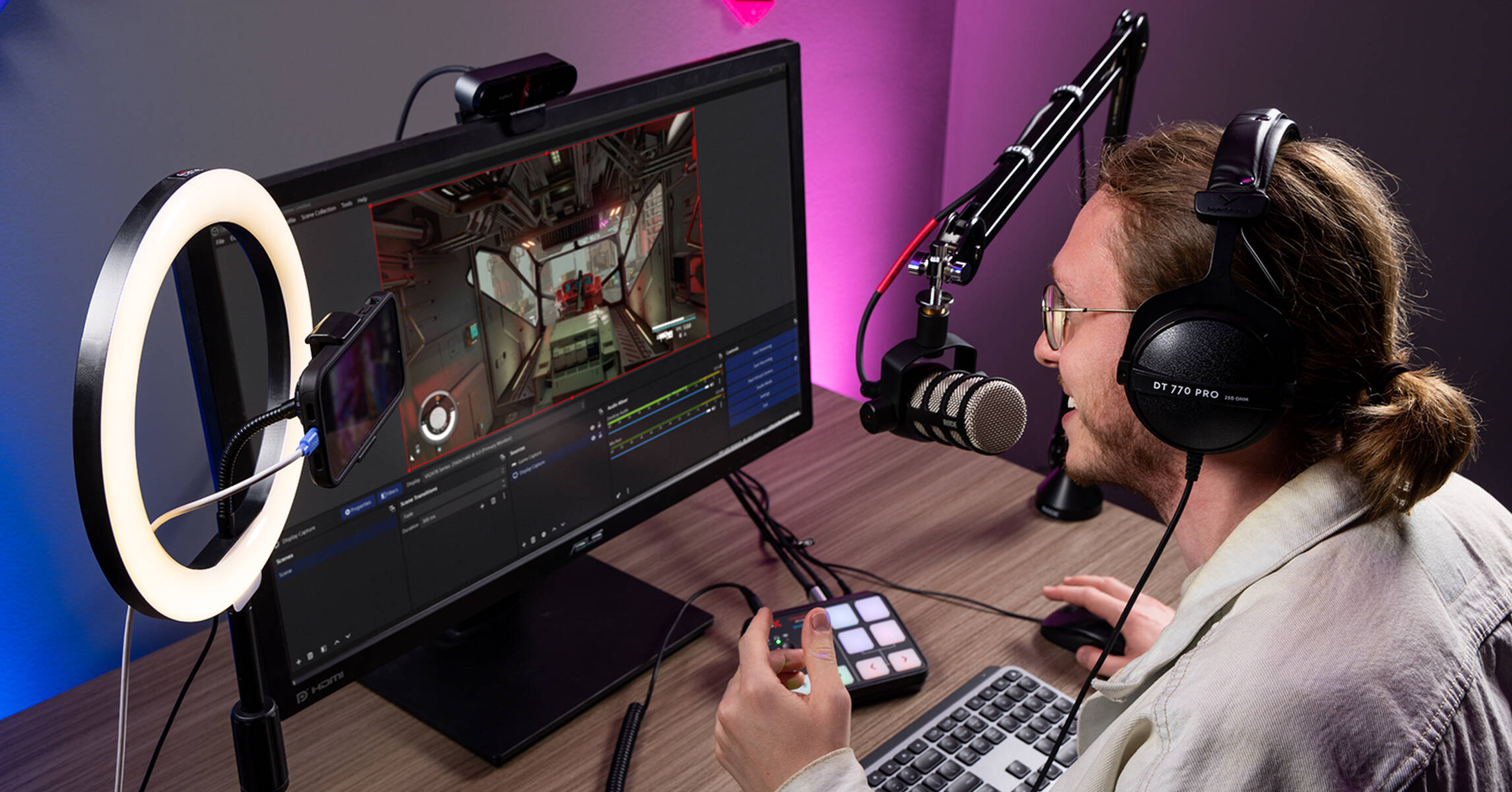

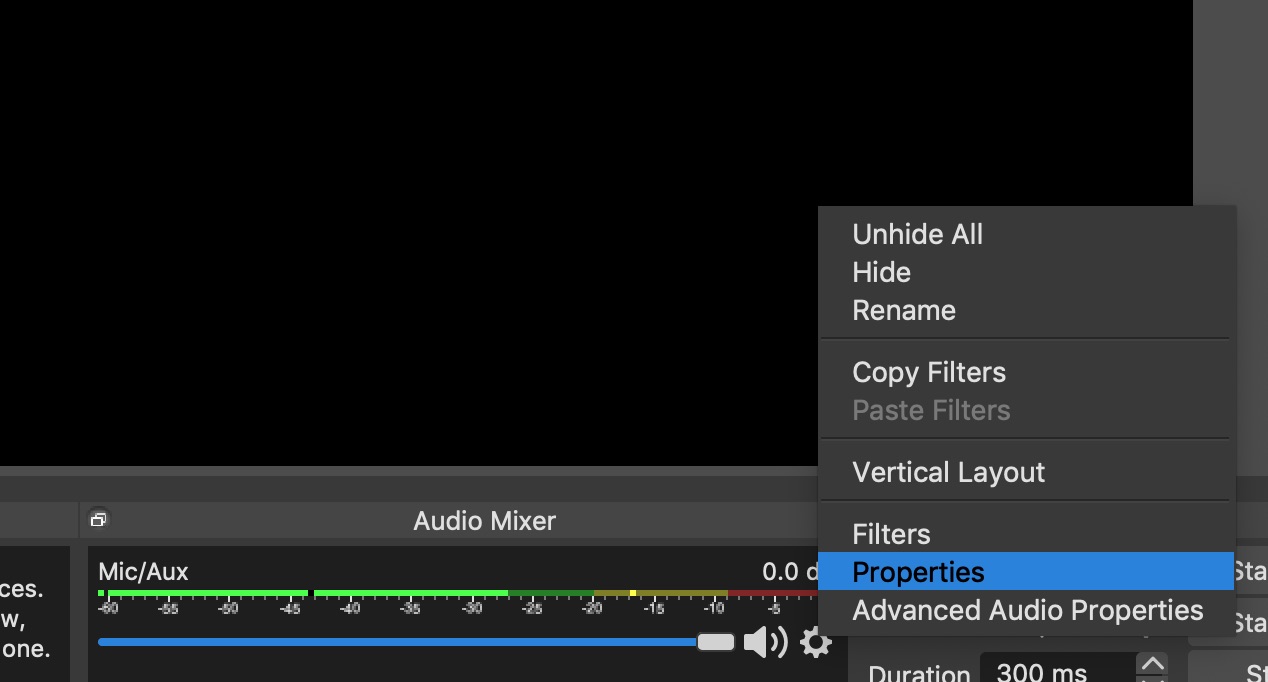
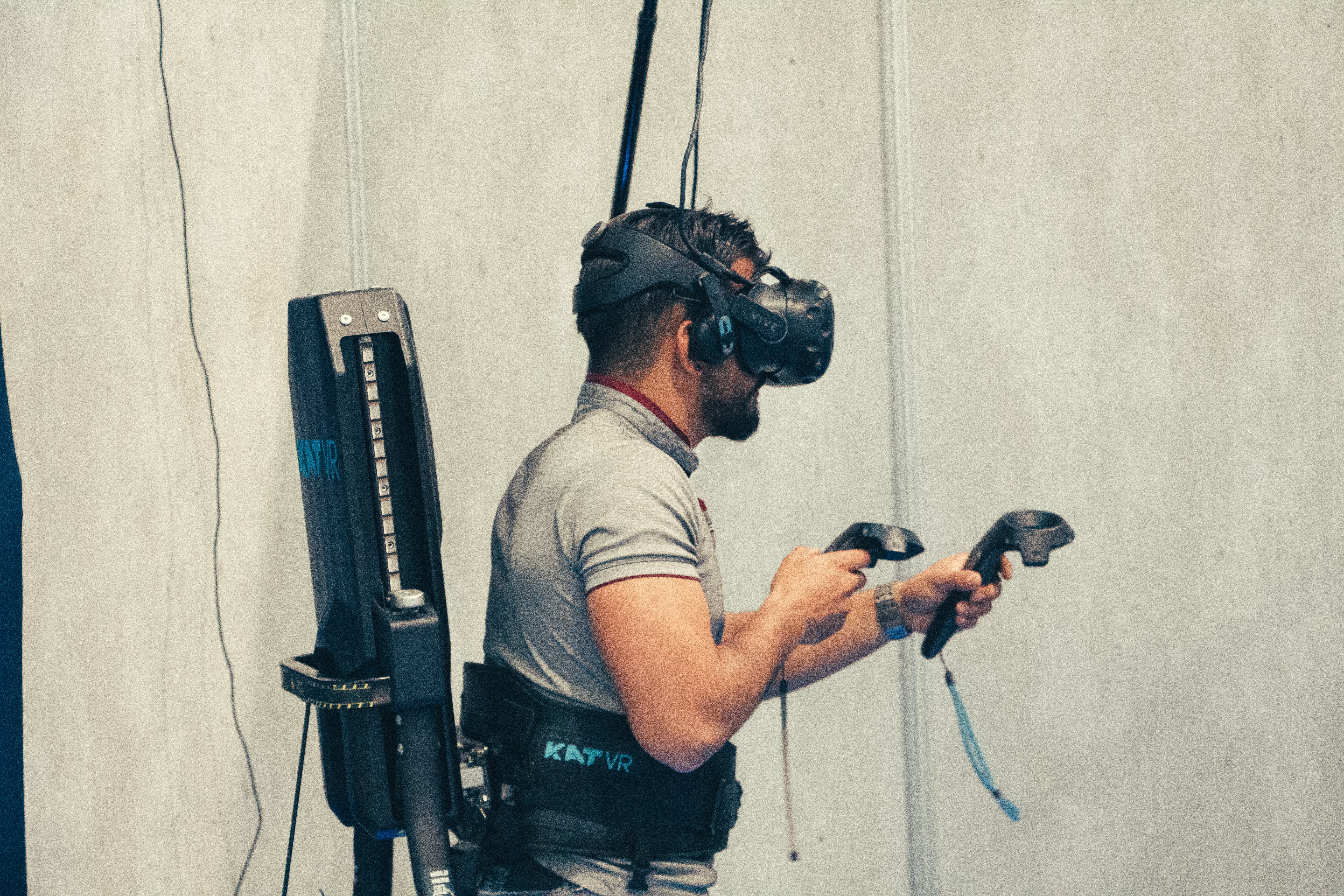
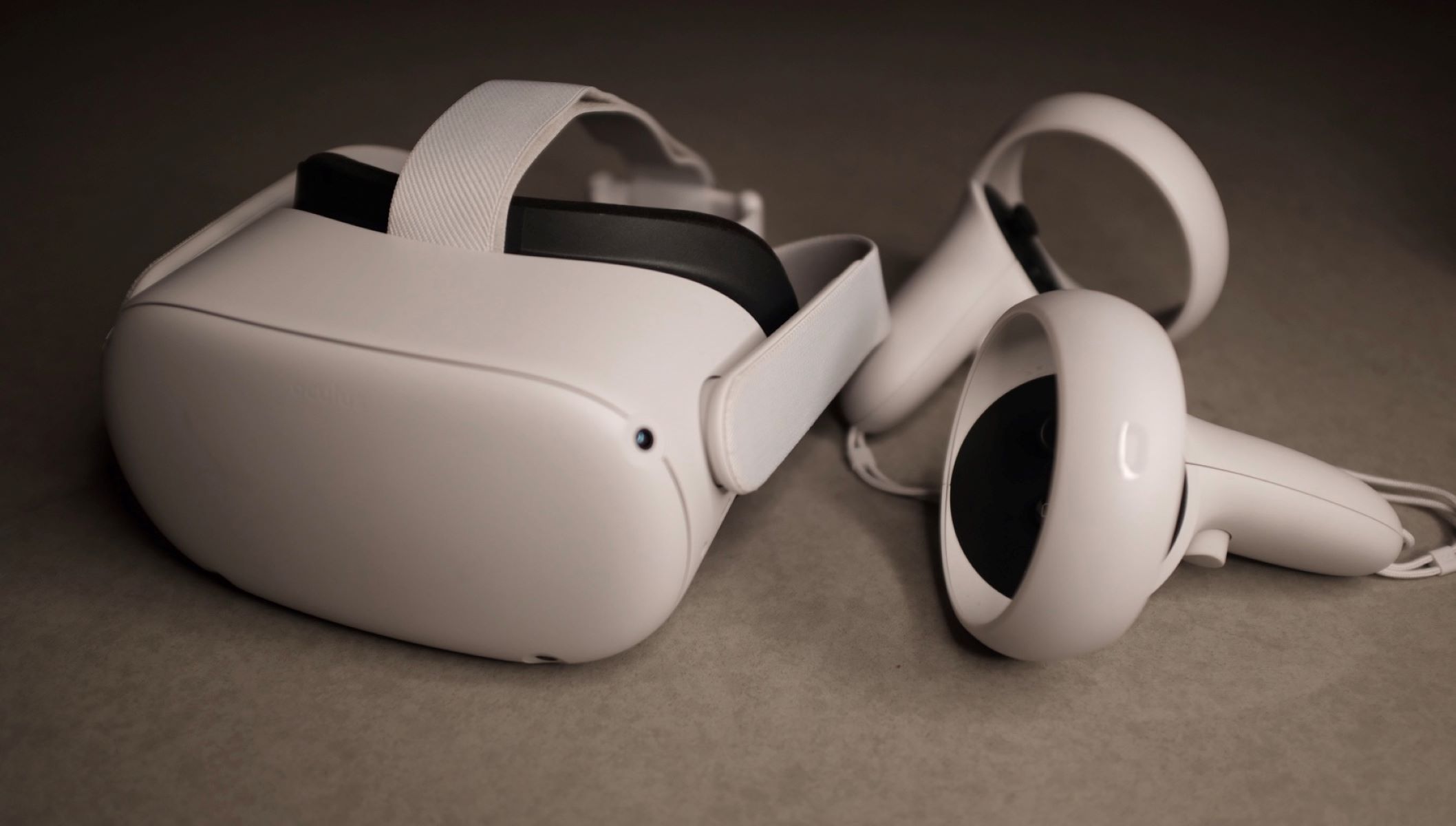
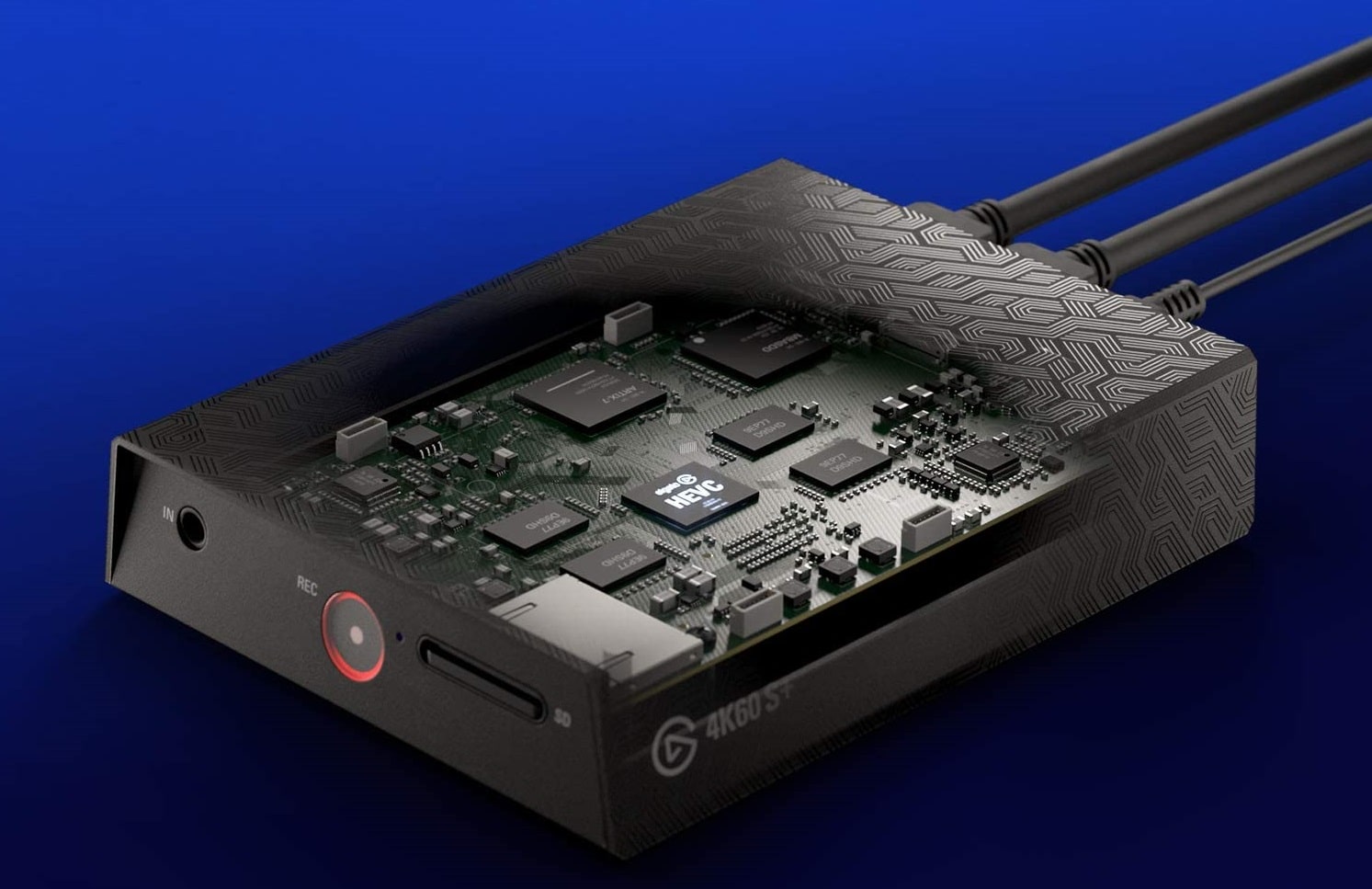
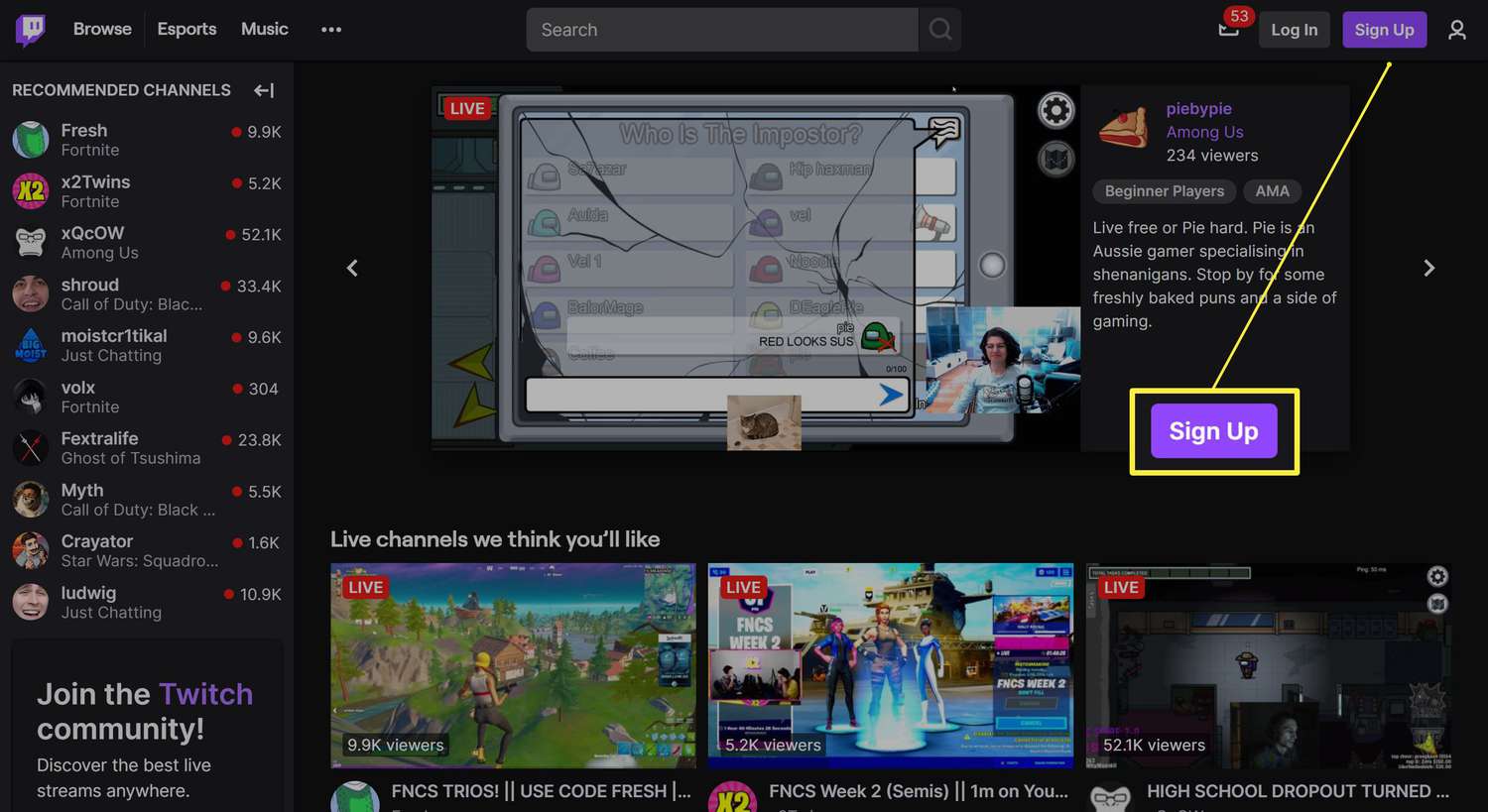
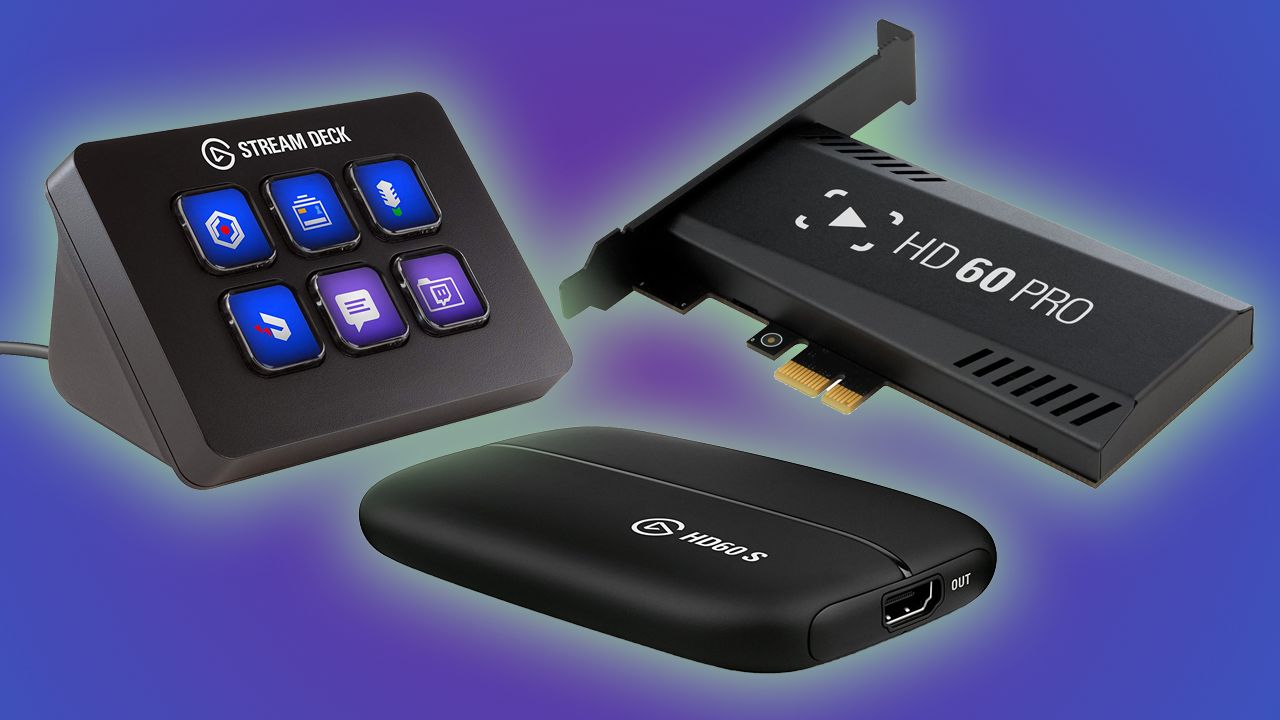
![How to Stream on Twitch Easily [Beginner-Friendly]](https://robots.net/wp-content/uploads/2020/10/Twitch-Featured-300x148.jpg)
